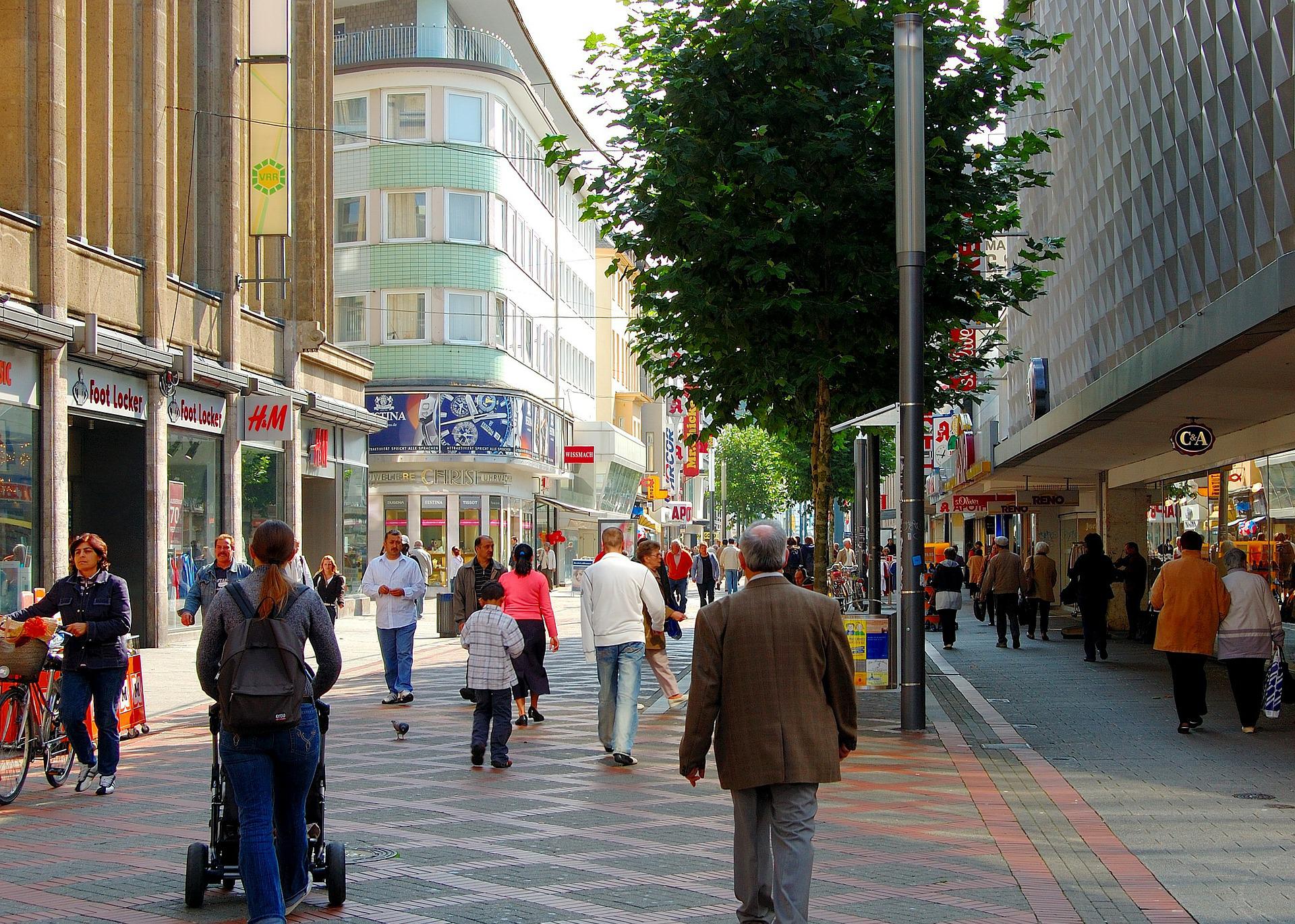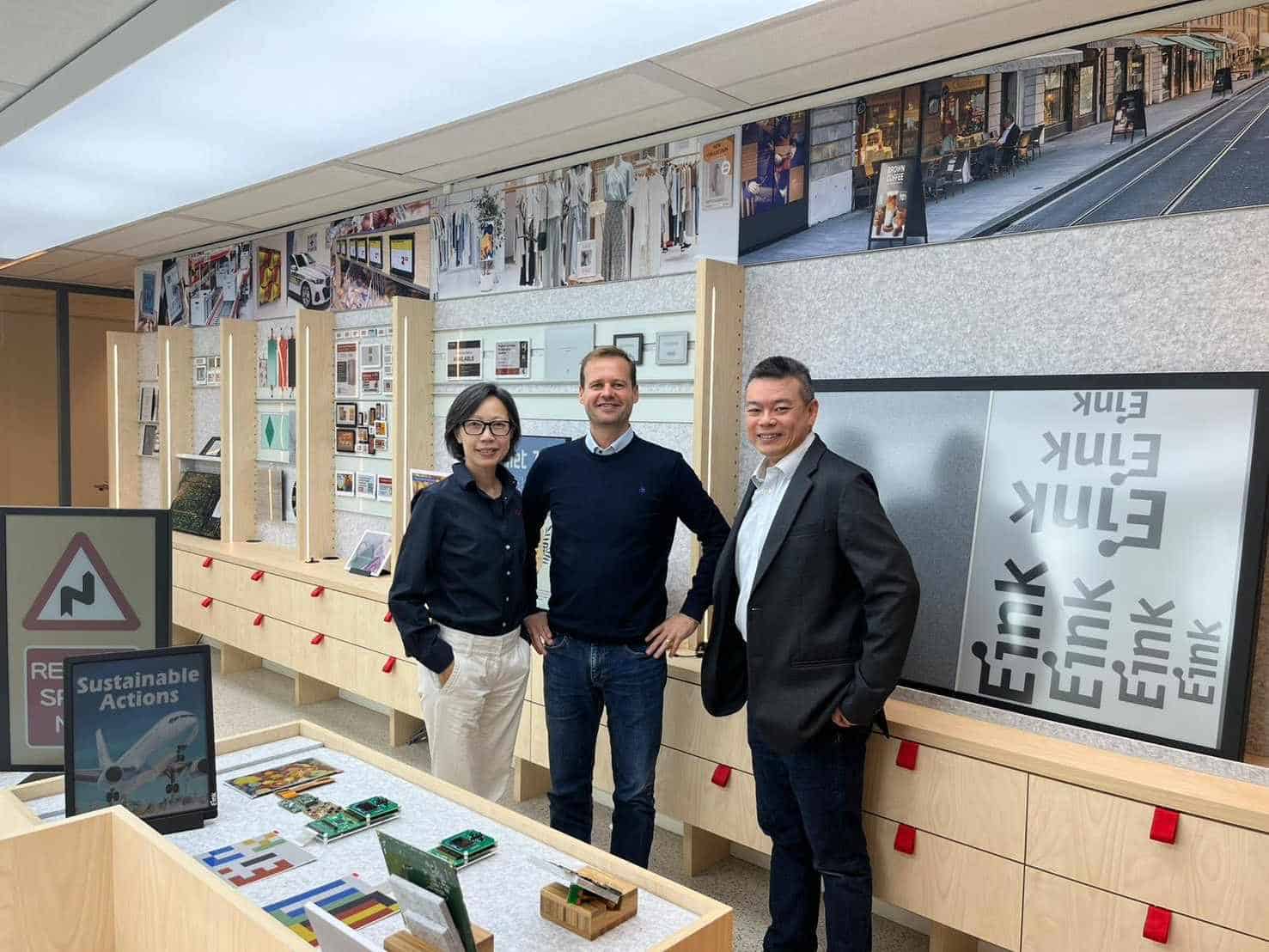
About Dayrize
- Founders: Austin Simms, Bart Nollen, Eva Gladek, Vincent Hoodduijn
- Founded in: 2019
- Employees: 12
- Money raised: -
- Ultimate goal: To bring global consumption down to within planetary limits.
For a meeting with ten people, is it better for the environment to print or not print out the meeting notes for everyone? At first, a lot of people might think that not printing them out would be a better solution. After all, paper and ink are harmful to the environment. But the alternative is to have ten laptops running for a number of hours. That costs electricity, of course, and these laptops are made of certain raw materials that wear out the more frequently they are used. Dayrize is a start-up that wants to solve this kind of dilemma based on information. How they are trying to do that, is something that founder Austin Simms explains to us in this instalment of Start-up of the day.
What’s the idea behind it?
“We ultimately want to provide an insight into the environmental impact of each product. This turns out to be not such an easy task. Many companies have incredibly complicated production processes, which makes it unclear what the actual individual impact of a product is. This is not a matter of being secretive or anything like that. What I mean explicitly by this, is that these companies themselves just really don’t know. So, in order to gain this transparency for consumers, we first had to take a step back and start figuring this out for companies on a product-by-product basis.”
How did this idea come about?
“This is really quite a funny story. Me and one of my co-founders were on vacation together and saw our kids playing in a swimming pool. They were playing with an inflatable unicorn. A discussion followed as to whether the purchase of this unicorn was environmentally justifiable. Sure, the kids were having fun with it, but it was basically a plastic-painted thing with relatively little usefulness. And what exactly was the impact of an inflatable unicorn anyway? We didn’t know and figured that others probably felt the same way.”
Are companies open to this idea?
“We also found this difficult to gauge in the beginning, but companies are actually incredibly open to it. I think this has several reasons. First of all, over the past few years there have been a lot more investors and shareholders who want to know how a company is doing when it comes to their environmental impact. Moreover, the government is also very busy trying to achieve the environmental targets. Another thing is that a lot of young employees are more and more concerned about the environment and they demand that their employer is committed to this too. Finally, many companies do want to do better, but they don’t have the information the need.”
How do you guys actually obtain that information?
“That was the big challenge at the start. We initially set aside six months to set up more than thirty different databases to help us with this. In the end, this step took about two and a half years, all because of the complexity of a lot of environmental issues. We felt it was important to do this very diligently, because it is at the core of our service. With this approach, we also invited scientists to verify the logic behind our algorithm and we have this done on an annual basis to continue to be accountable for any adjustments that we make.”
Did the funding of the idea go well?
“Fundraising is always tough in my opinion. But in this case, it actually went fairly easily. I think it’s because there is also good money to be made in the long run. You can also see that nobody panicked when the first process took considerably longer than originally planned. Fortunately, we have investors who are in it for the long haul. Finally, I’d like to give the Dutch government a huge compliment. I continue to be amazed at the amount of information, knowledge and in our case even money, that is available to entrepreneurs. This is how truly innovative ideas get the leeway to develop further. “









